Regulatory Support
Regulatory support plays a crucial role in the growth of the Semi-Autonomous Vehicle Market. Governments worldwide are increasingly recognizing the potential benefits of semi-autonomous vehicles, leading to the establishment of favorable regulations and standards. These regulations often aim to ensure safety while promoting innovation in vehicle technology. For example, several countries have initiated pilot programs to test semi-autonomous vehicles on public roads, providing a framework for manufacturers to operate within. This regulatory environment not only fosters consumer confidence but also encourages investment in the development of semi-autonomous technologies. As a result, the Semi-Autonomous Vehicle Market is likely to expand as regulatory frameworks evolve to support these advancements.
Consumer Demand for Safety
Consumer demand for enhanced safety features is a pivotal driver in the Semi-Autonomous Vehicle Market. As awareness of road safety increases, consumers are increasingly seeking vehicles equipped with semi-autonomous technologies that promise to reduce accidents and improve overall driving experiences. Data suggests that vehicles with semi-autonomous capabilities can potentially decrease collision rates by up to 40 percent. This growing emphasis on safety is compelling manufacturers to prioritize the development of semi-autonomous features, thereby expanding their offerings in the market. Consequently, the Semi-Autonomous Vehicle Market is likely to witness a surge in demand as consumers prioritize safety in their purchasing decisions.
Technological Advancements
The Semi-Autonomous Vehicle Market is experiencing rapid technological advancements that are reshaping the landscape of transportation. Innovations in artificial intelligence, machine learning, and sensor technologies are enhancing vehicle capabilities, allowing for improved safety and efficiency. For instance, the integration of advanced driver-assistance systems (ADAS) is becoming commonplace, with features such as adaptive cruise control and lane-keeping assistance. According to recent data, the market for ADAS is projected to grow significantly, indicating a strong demand for semi-autonomous features. This technological evolution not only attracts consumers but also encourages manufacturers to invest heavily in research and development, thereby driving the Semi-Autonomous Vehicle Market forward.
Environmental Considerations
Environmental considerations are becoming increasingly significant in the Semi-Autonomous Vehicle Market. As concerns about climate change and air quality intensify, there is a growing push for vehicles that reduce emissions and enhance fuel efficiency. Semi-autonomous vehicles, often integrated with electric powertrains, present a viable solution to these environmental challenges. Data indicates that the adoption of semi-autonomous electric vehicles could lead to a substantial reduction in greenhouse gas emissions. This alignment with sustainability goals is prompting both consumers and manufacturers to favor semi-autonomous technologies, thereby driving growth in the Semi-Autonomous Vehicle Market. The intersection of environmental responsibility and technological innovation is likely to shape future market dynamics.
Urbanization and Mobility Trends
Urbanization and evolving mobility trends are significant drivers of the Semi-Autonomous Vehicle Market. As urban populations continue to grow, the demand for efficient and flexible transportation solutions is increasing. Semi-autonomous vehicles offer the potential to alleviate traffic congestion and enhance mobility in densely populated areas. Data suggests that urban areas are likely to see a rise in shared mobility services that incorporate semi-autonomous technologies, providing convenient transportation options for residents. This shift towards shared and autonomous mobility solutions is expected to reshape urban transportation landscapes, thereby propelling the Semi-Autonomous Vehicle Market forward. The interplay between urbanization and technological innovation is likely to create new opportunities for growth.



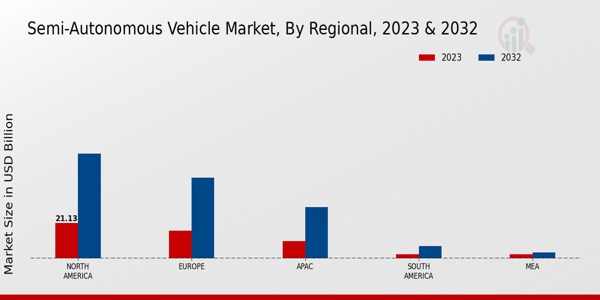
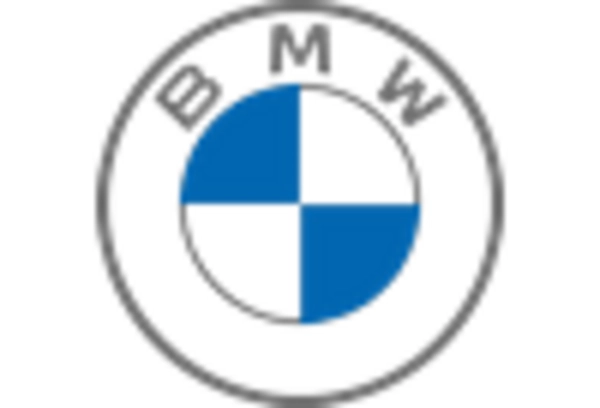
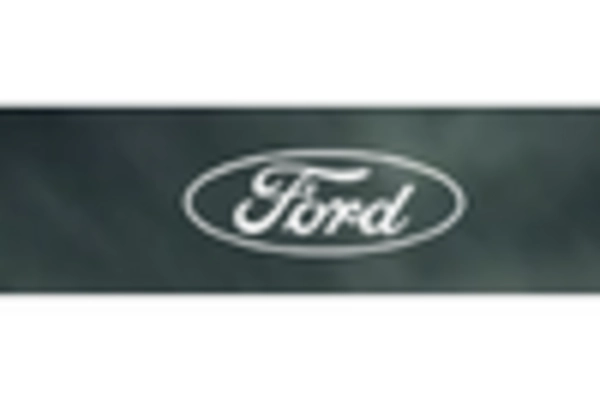
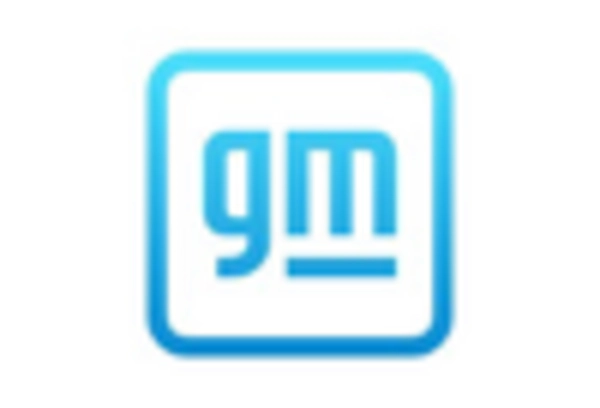
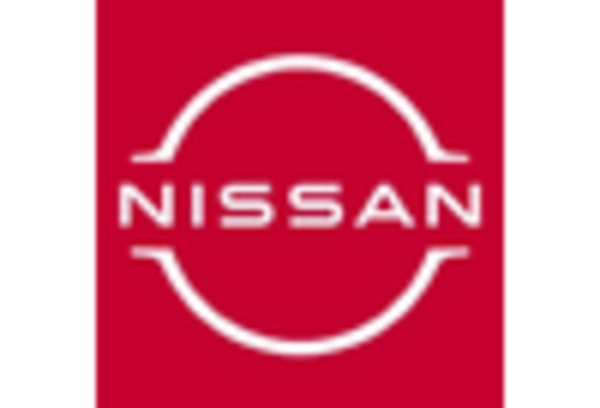










Leave a Comment